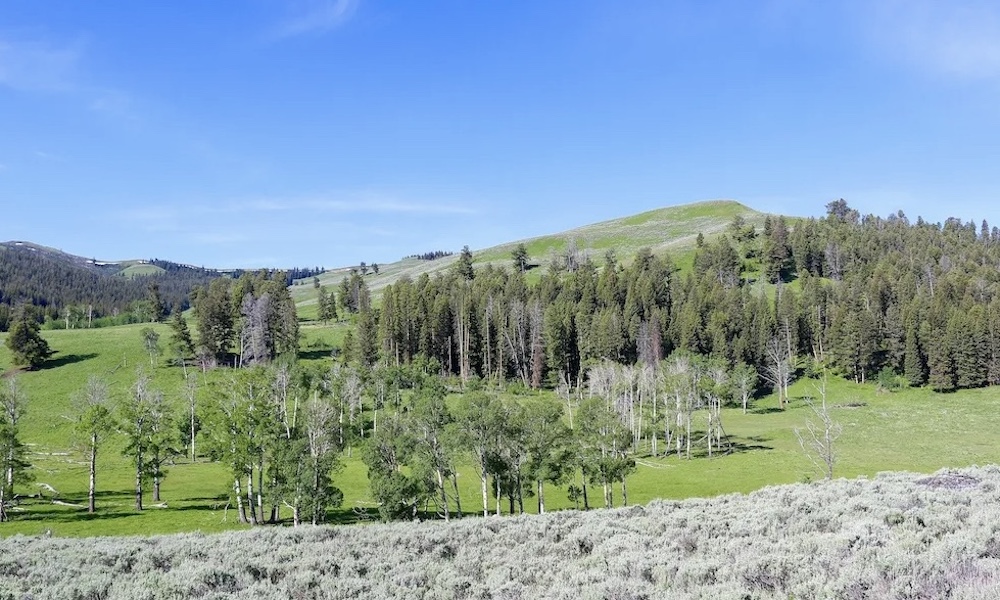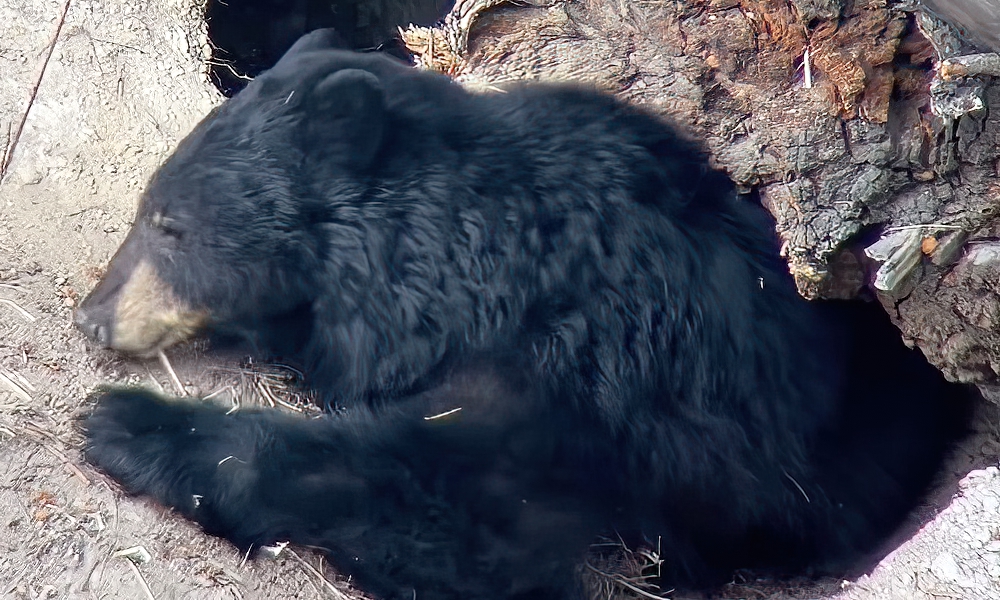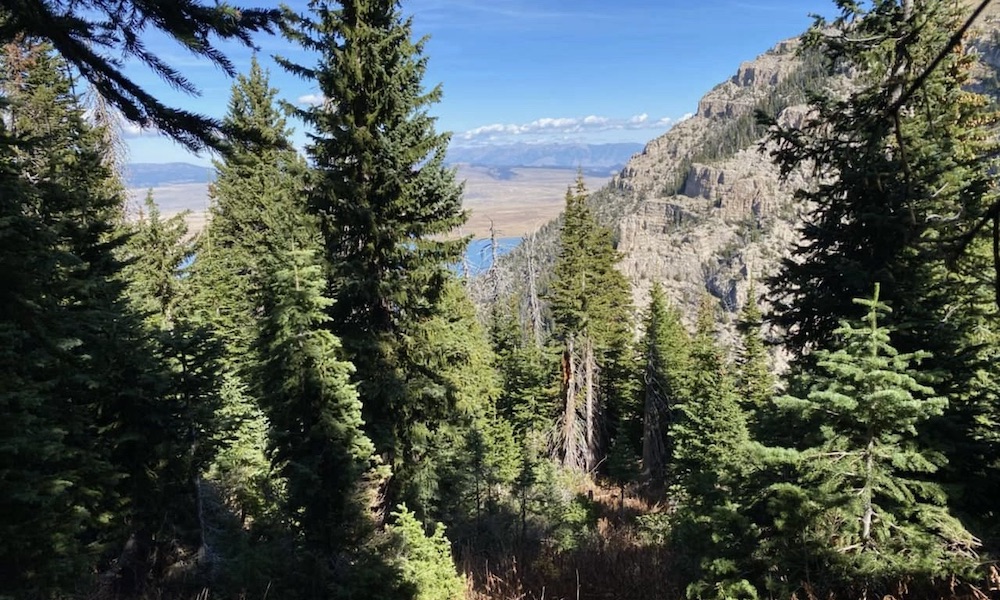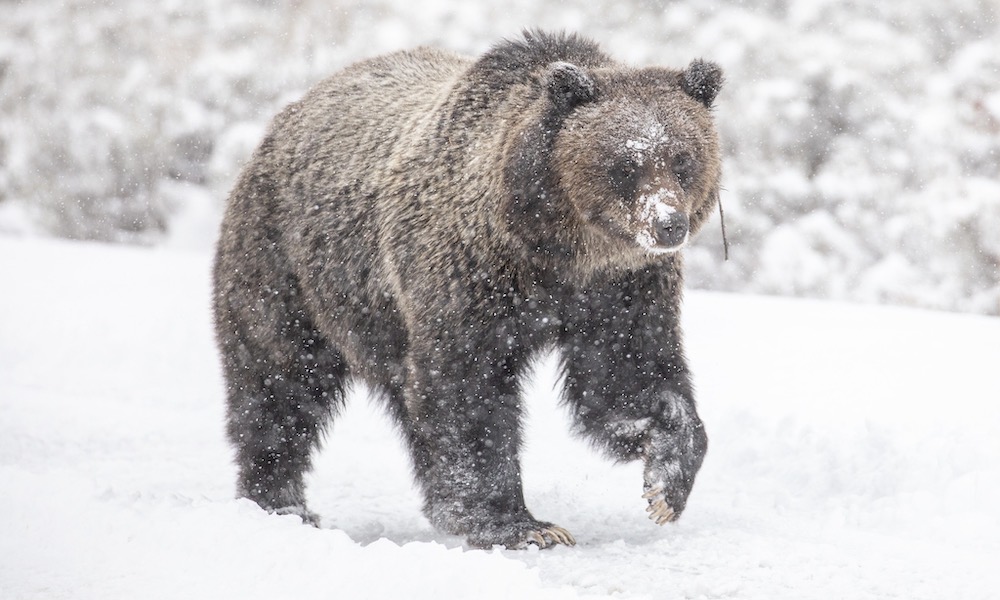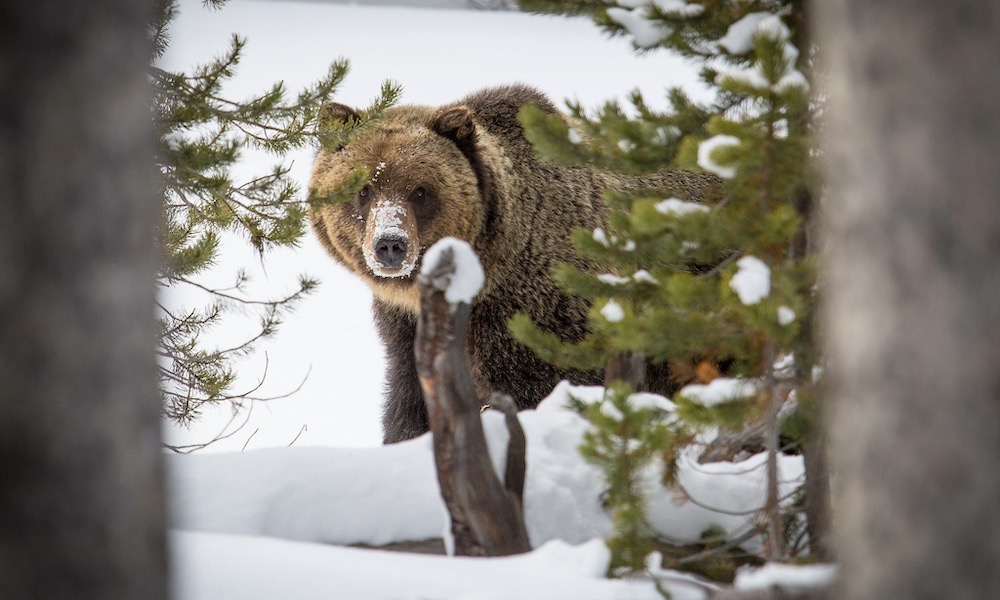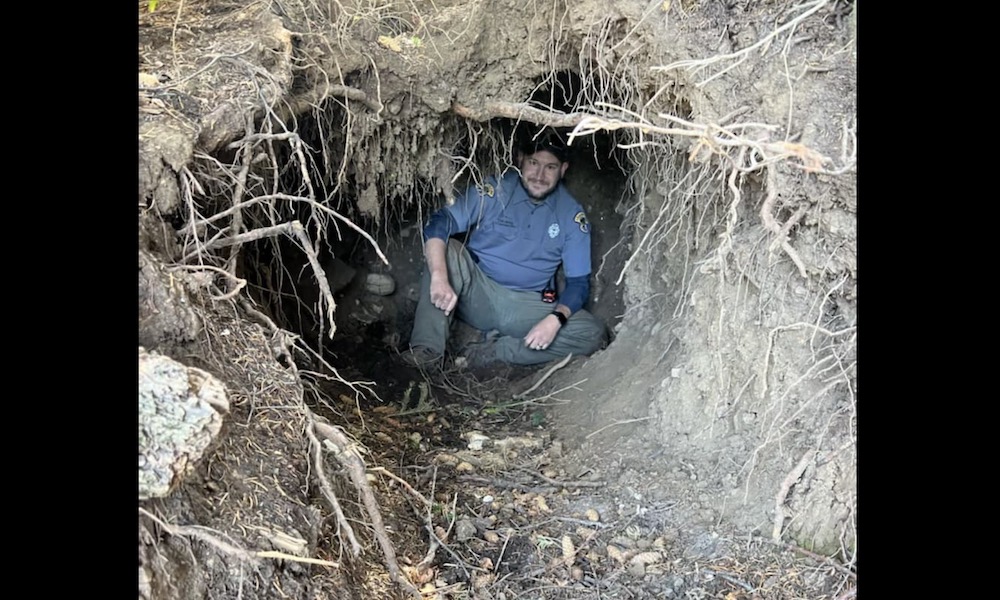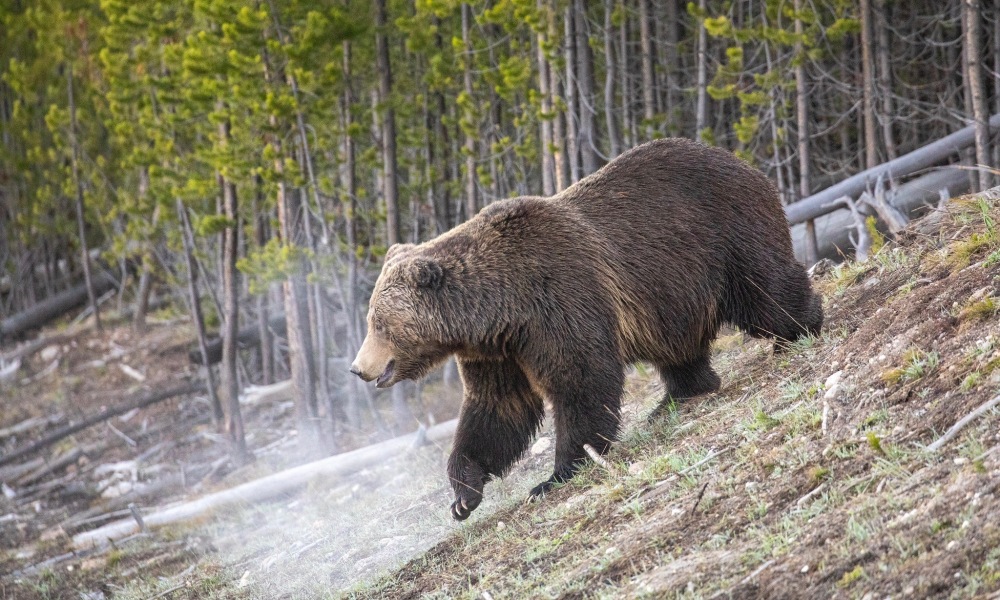*Editor’s note: A version of this post was published by ForTheWin earlier this year.
Bears in Yellowstone National Park are hibernating, but during the summer they were spread across the landscape and often visible from roads and trails.
But they weren’t always easy to see, and one Montana-based hiking guide used an image he captured from above the Lamar River to test his social-media followers’ spotting skills.
“I’ve been told my more recent ‘Find the Animal Friday’ posts have been way too easy,” Douglas Scott stated via X. “This one is a little more challenging.”

Scott allowed the use of his image for this post, so we’re also challenging readers: Can you spot the black bear in the images posted above? (Answer below.)
Hint: It’s a difficult quiz and there are several shadows that might be mistaken for the bear.
Scott, who runs The Outdoor Society, told me that he captured the image June 21 “on a perfectly clear day” in the park’s northern range.
“It was definitely a fun spot as my client was amazed I saw it so easily from so far away,” Scott recalled.
His X followers offered several guesses but in the hours after his post only one had pinpointed the bear’s location.
When I guessed, Scott informed me that I had found “the shadow of a tree.”
Another guess was met with the reply: “Unfortunately, you are incorrect. You most definitely found a non-animal shadow though!”
Yellowstone is remarkable in that visitors often see bears up close or in the distance, especially if they’re patient and use binoculars or spotting scopes.
They might also capture a landscape image and later realize that a critter is visible in the image.
In 2023, for example, I was watching bears on one side of a highway and turned to snap an image of a coyote in transit on the other side of the highway.
When I got back to my hotel room and began to inspect my images, I discovered that a smaller animal was visible, paying close attention to the coyote.
As for the black bear photographed by Scott, it’s much easier to spot in a zoomed-in version posted immediately below.

Immediately below is an image with the bear pinpointed with an arrow.

As for Yellowstone bears, they’ll begin to emerge from hibernation as early as late March.
